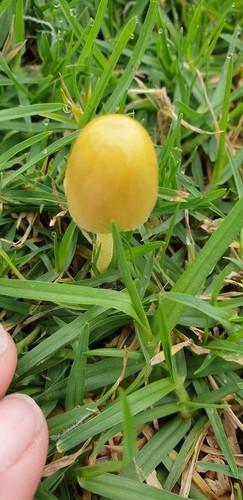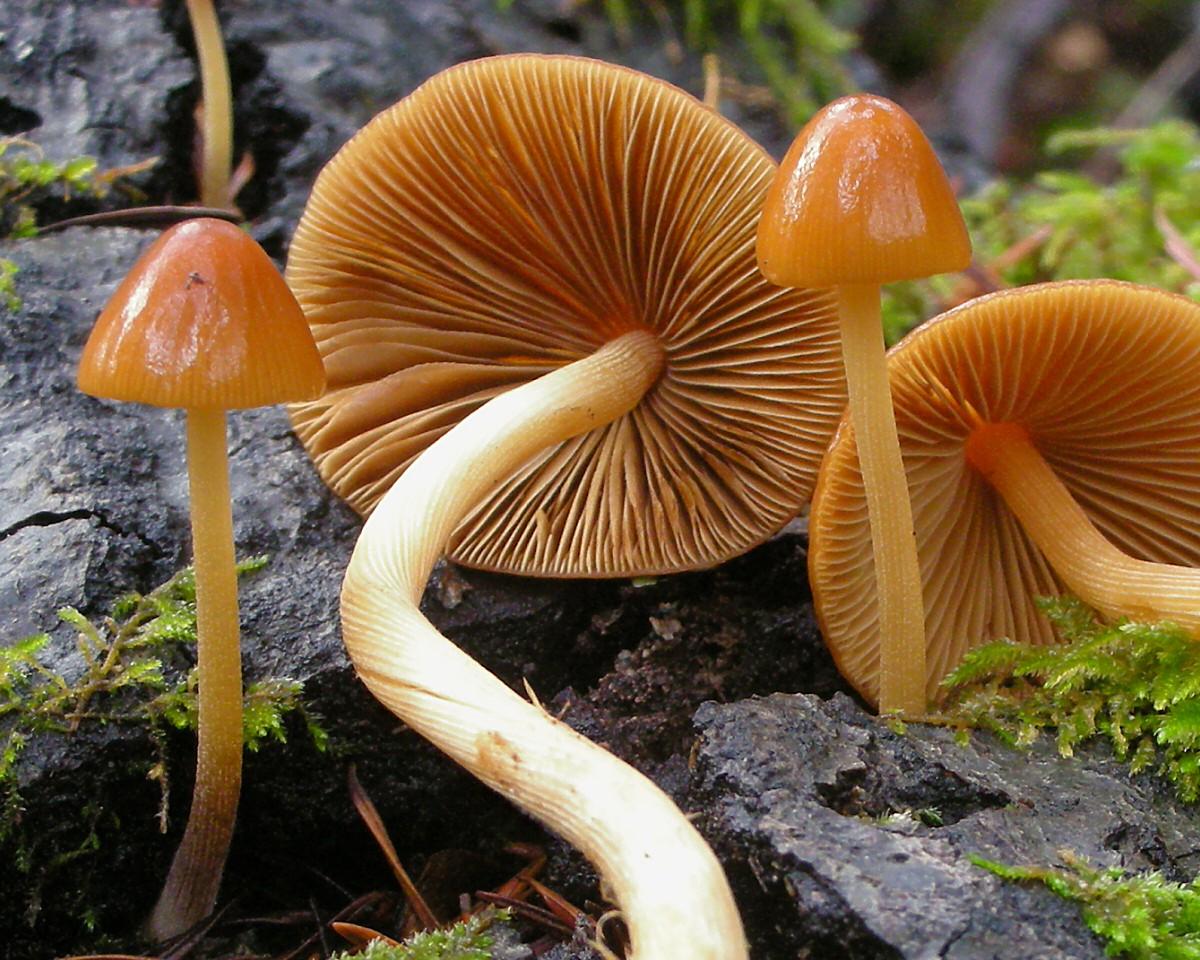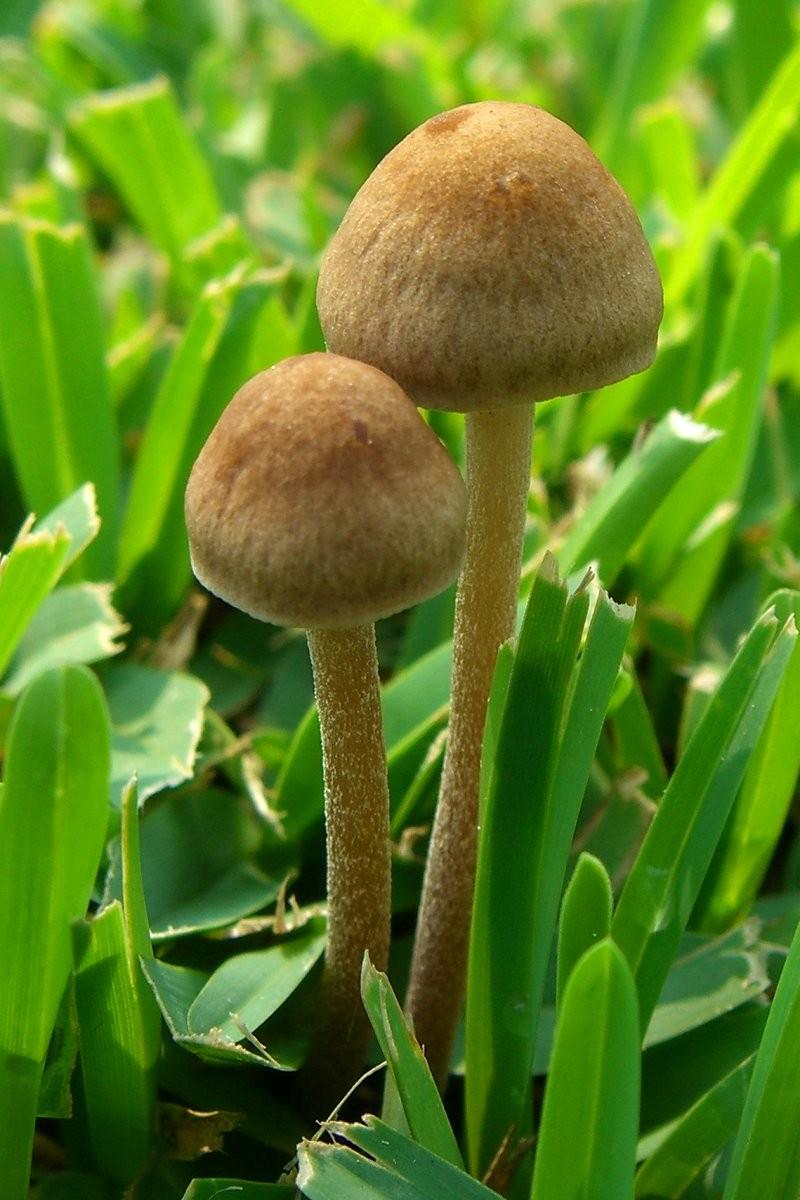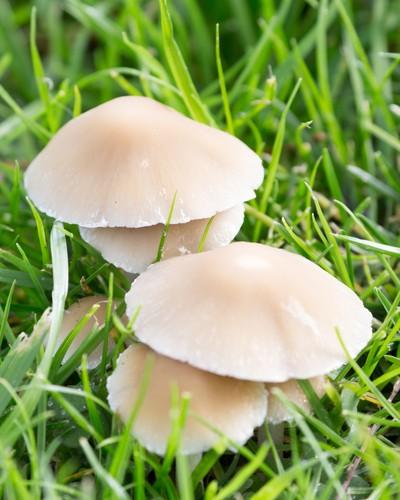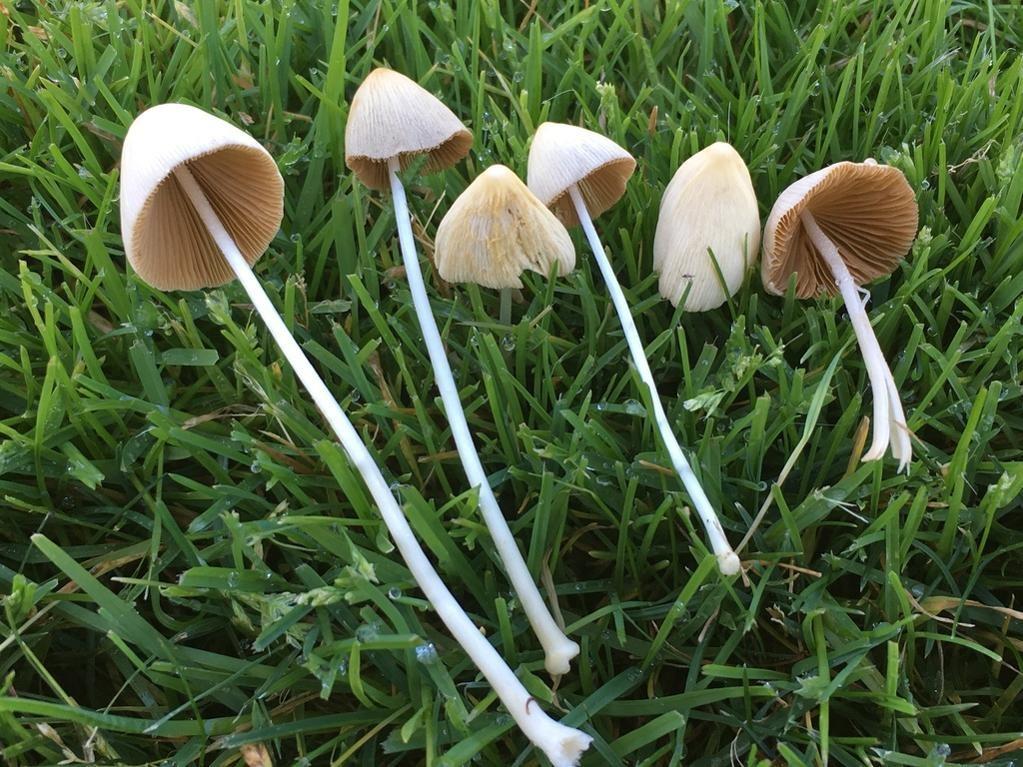

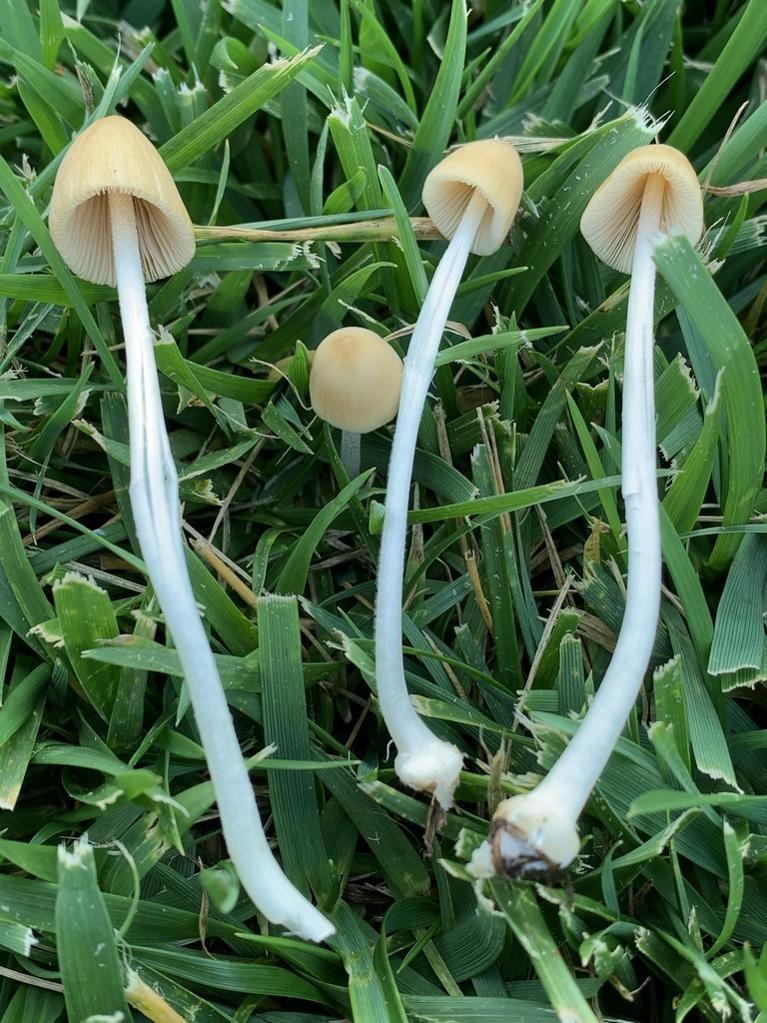
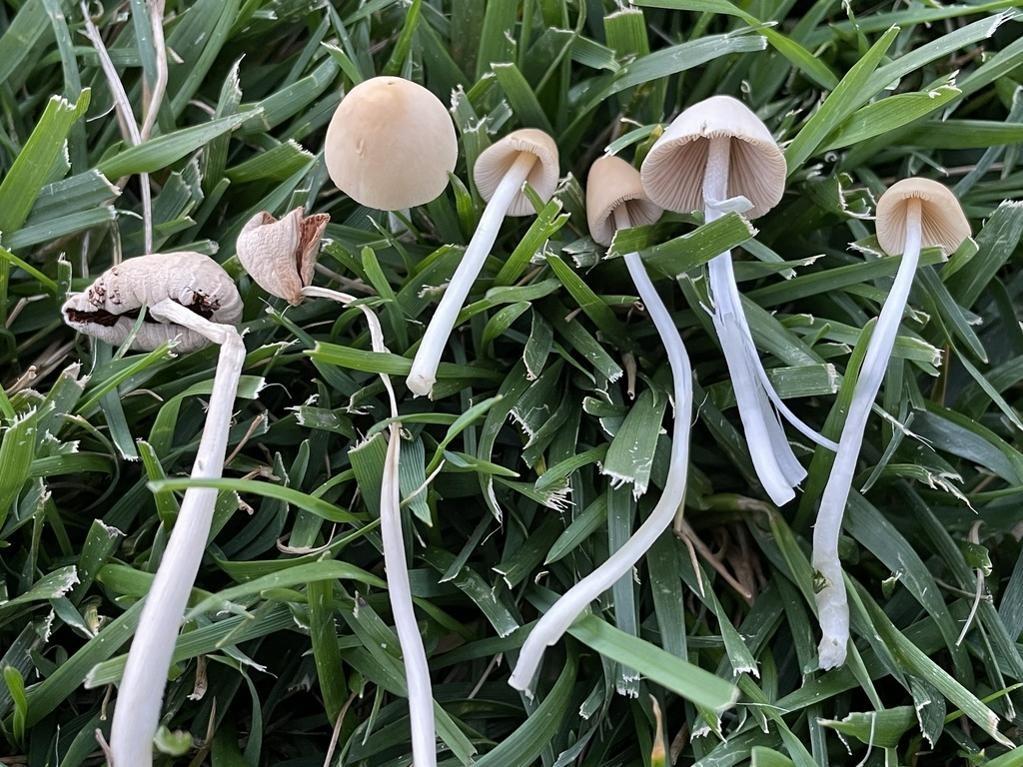
Milky conecap
Conocybe apala
A species of Conecaps.
The milky conecap, a petite, whimsical mushroom resembling something from a fairy tale, thrives in damp forests, open fields, and even lawns. Its distinctive, deeply pointed cap, which gives the species its common name, bears a striking resemblance to a garden gnome's hat. Although not identified as toxic, its diminutive size and fragile nature make it impractical for use in cooking.
Attributes of Milky conecap
Scientific Classification of Milky conecap
Toxicity and Edibility of Milky conecap
Is Milky conecap Toxic?
While the precise toxic compounds in the milky conecap remain unidentified, numerous experts advise against its consumption. This is because many species within the Conocybe genus are known to harbor phallotoxins, lethal poisons also present in deadly Amanita mushrooms, thereby classifying the milky conecap as a potentially hazardous fungus.
Is Milky conecap Toxic to Dogs?
Milky conecap can be dangerous to dogs. If your pet has consumed this mushroom, seek immediate veterinary attention. Symptoms may vary, but early intervention is crucial for the best outcome.
